Tarpon
Tarpon
Regulations
State and Federal Waters of the Gulf and Atlantic
Daily Bag Limit: Tarpon is a catch-and-release only fishery. One tarpon tag per person per year may be purchased when in pursuit of a Florida state or world record. Vessel, transport and shipment limited to one fish.
Gear:
- Hook and line only.
- Snagging, snatch hooking, spearing and the use of a multiple hook in conjunction with live or dead natural bait is prohibited
Fishing Boca Grande Pass
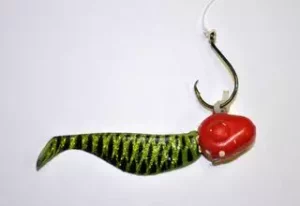
Fishing with gear that has a weight attached to a hook, artificial fly or lure in such a way that the weight hangs lower than the hook when the line or leader is suspended vertically from the rod is prohibited when fishing for any species year-round within Boca Grande Pass. If this gear is on board a fishing vessel while inside the boundaries of the Pass, it cannot be attached to any rod, line, or leader and must be stowed. Natural bait is not considered to be weighty. If the jig fishes in an illegal manner, it is prohibited. Any jig that allows the attached weight to slip down the shank so that it hangs lower than the hook while the line or leader is suspended vertically from the rod is prohibited and must be stowed so it is not readily accessible.
If the weight can slip down the shank to the bottom of the hook, it is prohibited.
During the months of April, May and June, no more than three fishing lines may be deployed from a vessel at any one time AND no person shall use, fish with, or place in the water any breakaway gear.
Handling Guidelines
Tarpon is an iconic saltwater fish. When handled properly, these large fish are more likely to survive and evade predators. Follow these guidelines to ensure tarpon remains the strong and viable fishery it is today.
Know tarpon regulations:
- Tarpon over 40 inches MUST remain in the water unless a tag is used.
- Keep the gills in as much water as is safely possible.
- Tarpon tags may only be used to harvest potential state record or IGFA record-sized tarpon. Taxidermy mounts can be made with length and girth measurements and a photograph.
Don’t tow a tarpon unless it is necessary to revive it. If you must tow, go as slowly as possible while still moving water over the gills.
Do not target from bridges or piers – Releasing from bridges or piers requires specialized lifting gear or cutting the line, which leaves long amounts of line trailing behind the fish.
Use proper tackle:
- Use barbless, single, non-offset circle hooks for natural bait.
- Use single hooks rather than treble hooks.
- Use tackle heavy enough to land the tarpon quickly, minimizing exhaustion, and helping the fish avoid predators after release.
Other tips:
- Do not drag tarpon over the gunnel of a boat.
- Use a dehooking tool.
- Tarpon smaller than 40” should be supported horizontally when removed from the water.
- Do not fish for them when large predatory sharks are in the area feeding. If sharks show up, move to another fishing location.
- Tarpon caught from a tall Bridge or Fishing Pier over 40 inches can not! be taken out of the water.
Catching Tarpon: How to Tarpon Fishing
Share this content:
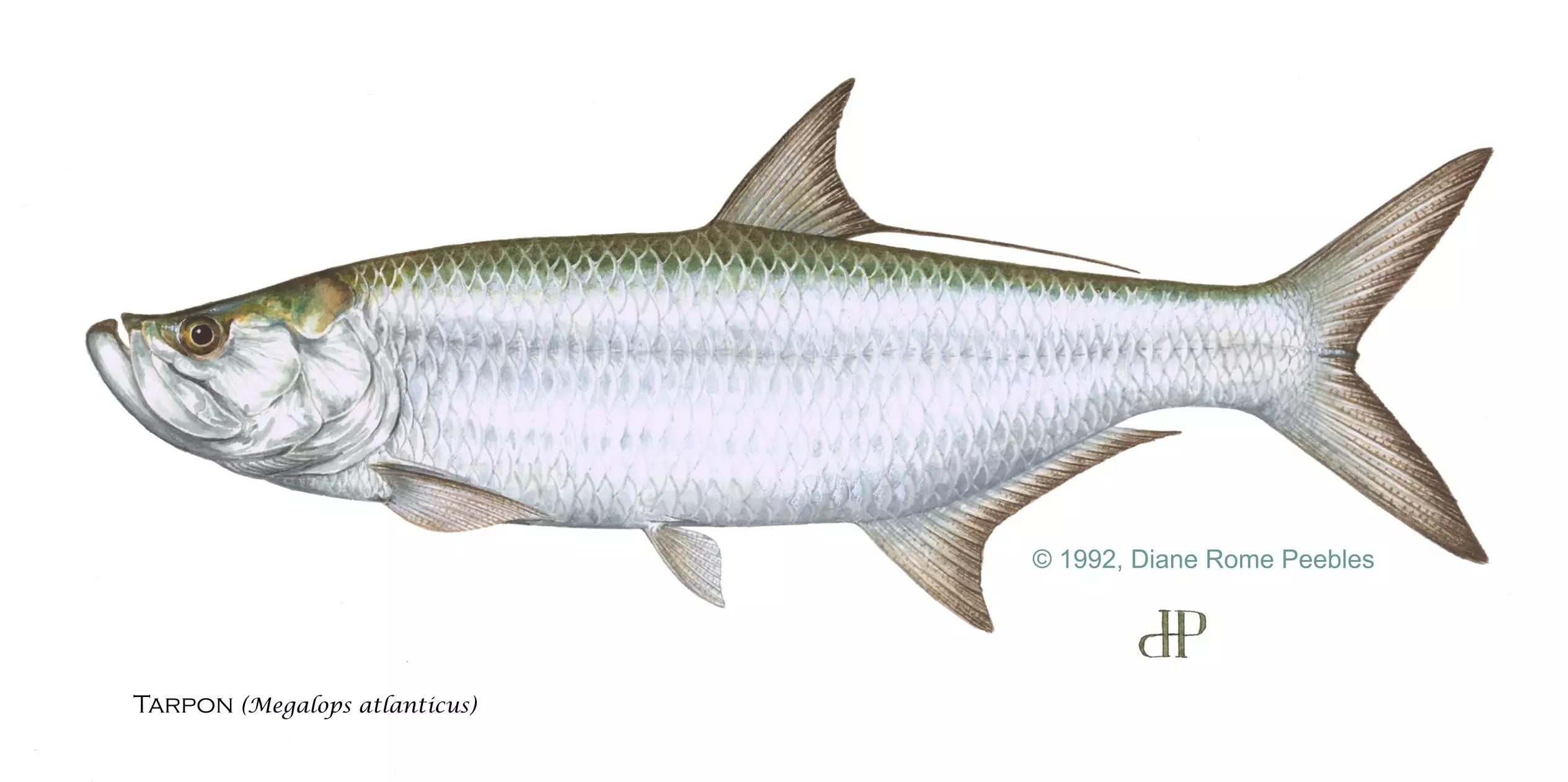
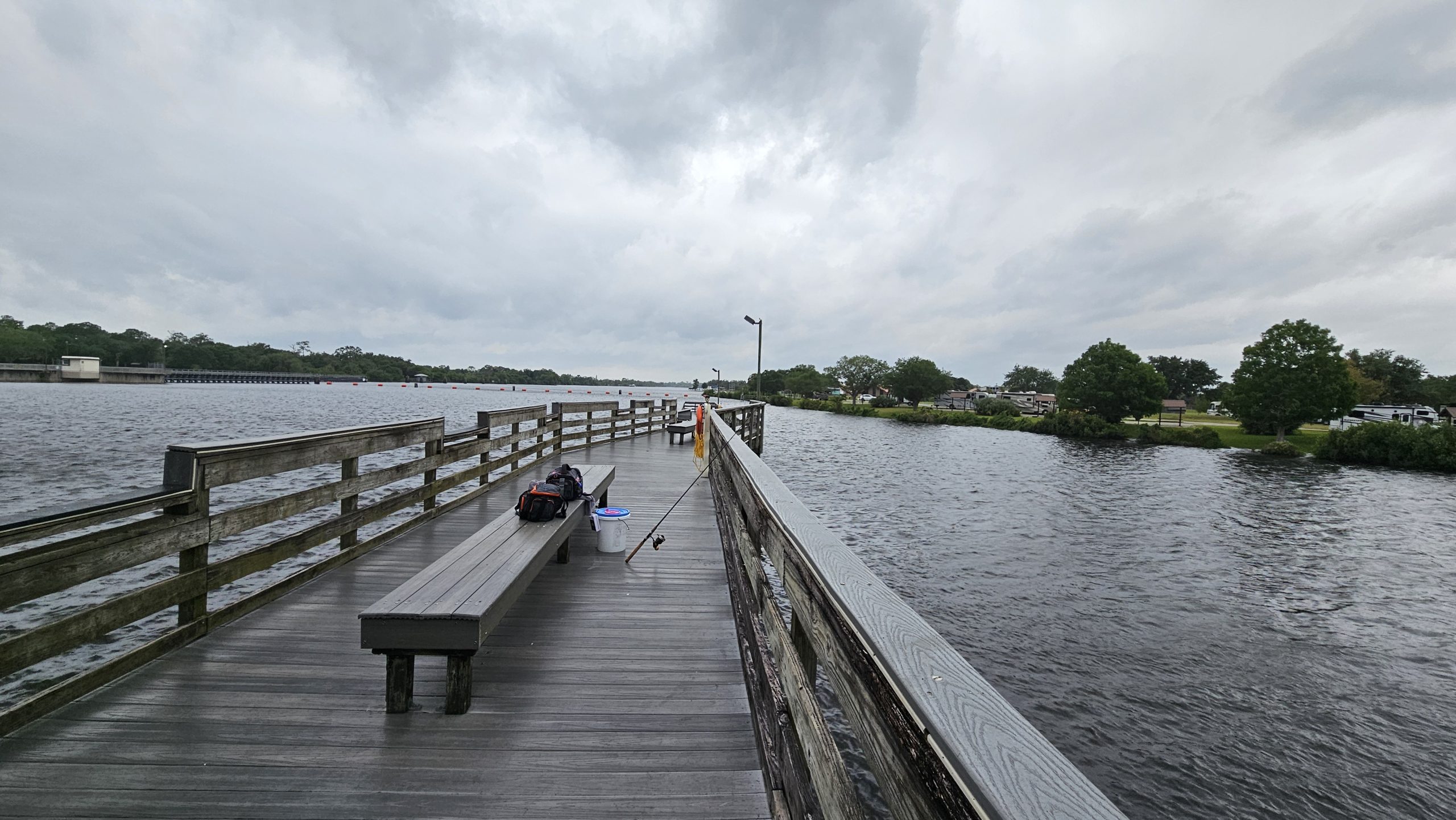
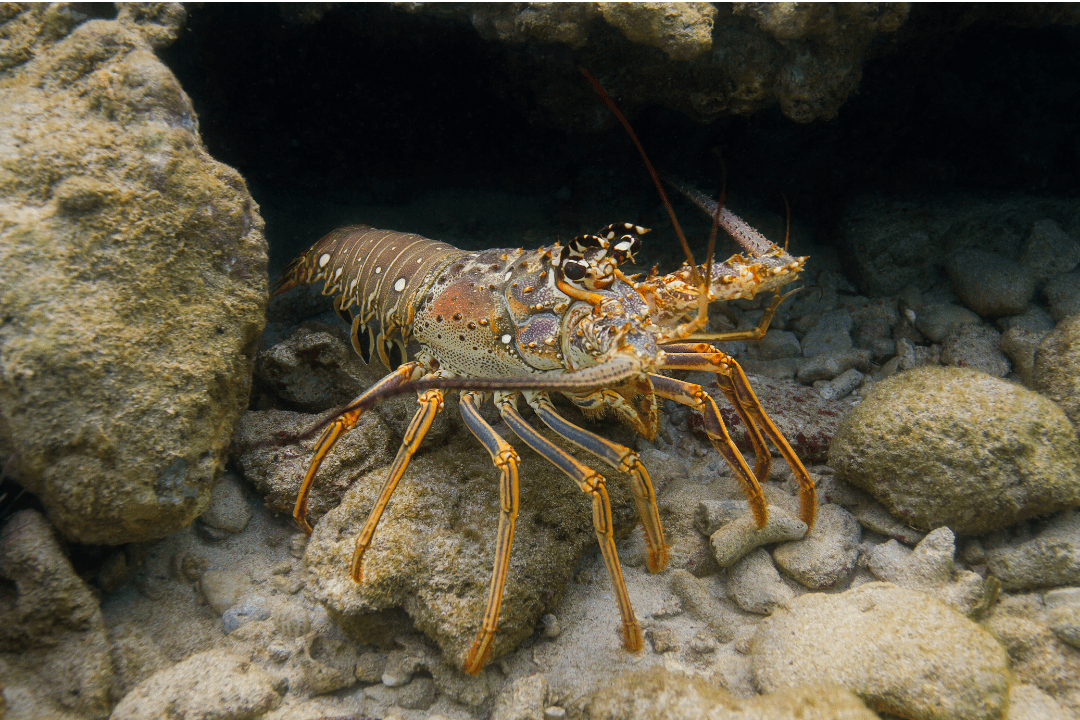


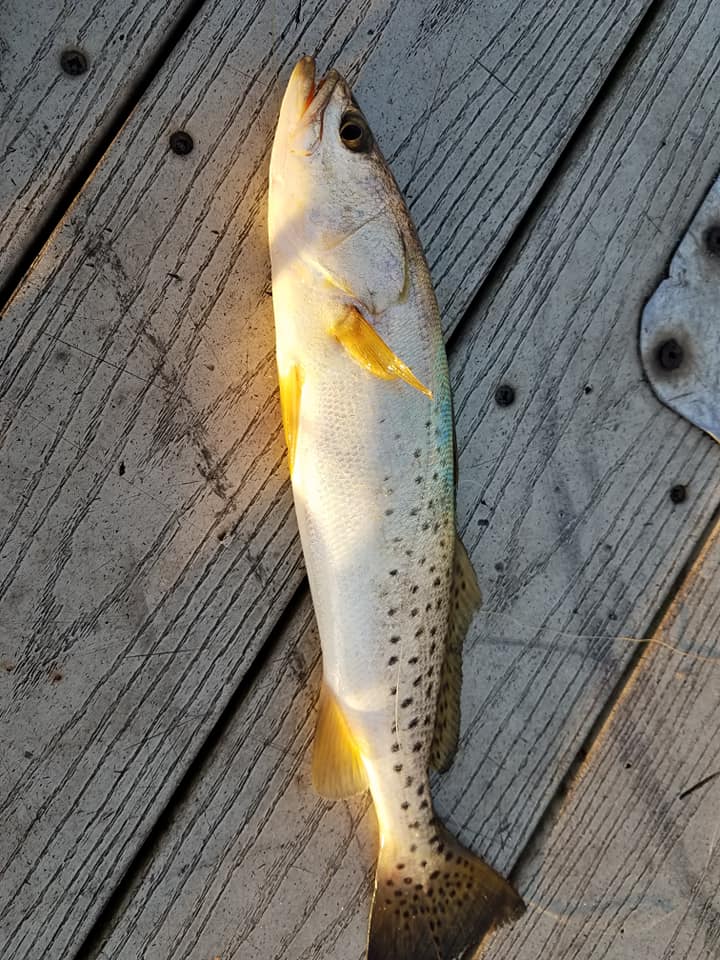
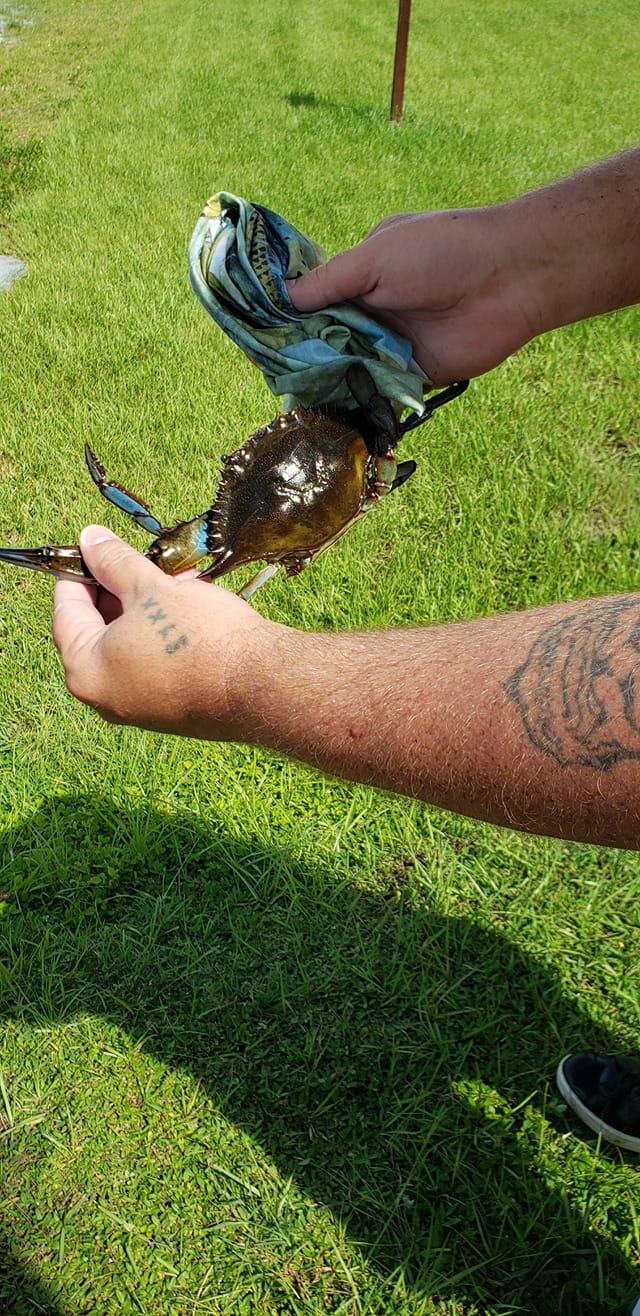
Post Comment
You must be logged in to post a comment.